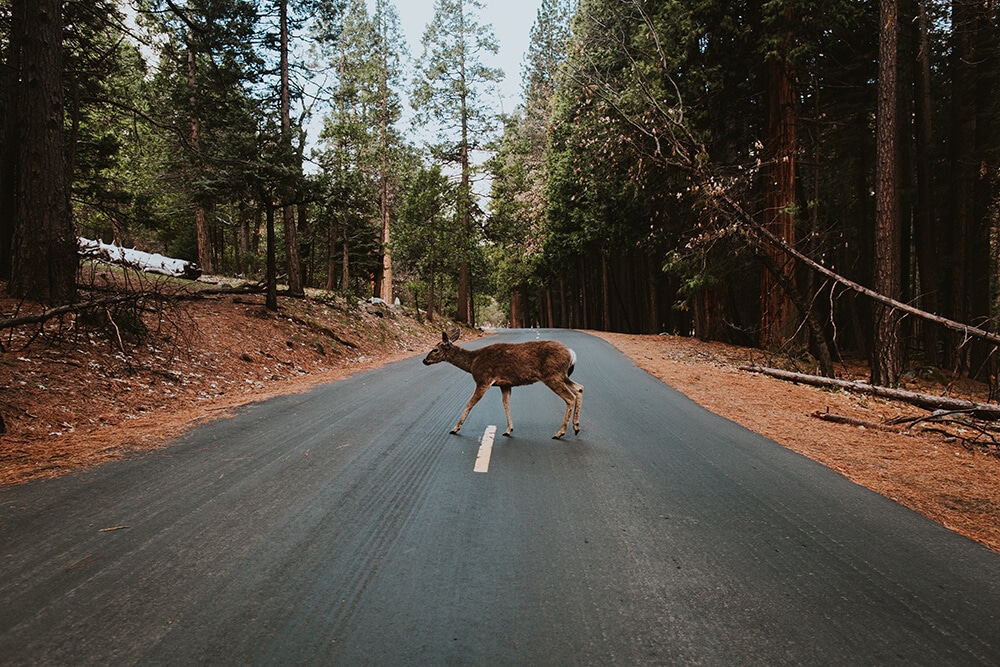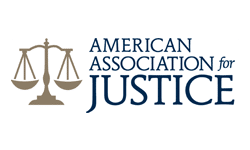
Deer collisions happen every year. They often happen without warning and can cause a lot of damage. There is a lot of information about deer crossing out there, but some information that’s passed around may not be accurate. It’s important to have correct information so you can drive safely. The team at DiPiero Simmons McGinley & Bastress, LLC want all West Virginia citizens to be prepared for deer crossing season and how to safely navigate the roads and avoid collisions.
I Don’t Have to Worry About the Damage of a Deer Crossing Accident
False. A deer collision can result in severe damage to your vehicle. If you’re traveling at high speeds, the impact could ruin the front end of a vehicle. The accident could result in causing flammable liquids to leak out of the car, which could become a fire hazard.
I Won’t Sustain Injuries If I Hit a Deer
False. A crash can always result in injuries. The impact could result in broken bones or a concussion. There’s also the chance the animal could break the windshield. If they’re stuck, they could kick as they try to get out of the vehicle and harm you in the process. If a buck goes headfirst, the antlers could cause injuries as well.
Some Seasons Have More Deer Crossing Accidents Than Others
This is true! Fall sees the height of deer activity. The West Virginia Division of Natural Resources warns motorists to take extra caution between October and December, as about 40% of deer accidents happen during that time.
The rut of breeding season occurs in October and November, so deer are especially active. Hunters may also contribute to influencing deer movement.
Deer Are More Active During the Day
This is false. Deer are most active during sunrise and sunset. Since drivers will have less visibility during this time, they may not have a lot of reaction time to avoid an accident if a deer runs out in front of them.
Some safety tips you can take if you’re driving at sunrise and sunset include:
- Keep aware of what’s around you. If you see deer on the side of the road, you should slow down and start honking your horn.
- Use your headlights. If you’re in a safe area, use your high beams as well.
- Reduce your speed to increase your reaction time.
- If a deer crosses in front of you, don’t swerve into the lane next to you.
If I Buy a Deer Whistle, I’m Safe
False. Deer whistles that attach to cars are meant to keep deer away. However, there isn’t definitive evidence the frequency is effective. Always exercise caution when driving during deer season.
Deer Crossing Signs Are Placed Purposefully
True. When you see deer crossing signs, make sure to stay alert. They’re placed in areas that typically have more deer and in turn more deer crossing accidents. They may also be placed in areas that have poor visibility or road conditions and are more likely to be areas where a driver could hit a deer.
Steps to Take If a Deer Crossing Accident Happens
If you’ve been involved in a deer accident, it’s important to know what to do next. These collisions are often sudden and shocking. After the wreck, you need to try to stay calm. See if you can move your vehicle safely off the road and put on your hazard lights. Sometimes, you may not be able to move your car, or the deer’s body may be blocking the road. Call authorities as soon as possible so they can clean up the carcass so traffic can move through.
Then, you will want to take photographs of your vehicle. This documentation of the damage will help you when you report the accident to your insurance company. Also make sure to document any injuries you get and take photographs of the roadway as well.
You may believe your vehicle is safe to drive, but if there’s a leak or damage done to the inside of the vehicle that you aren’t sure about, then play it safe and contact a towing service. Always prioritize your safety first.
When you report the accident to your insurance company, the accident should be covered if you have optional comprehensive coverage. Those with collision coverage or liability coverage will likely not cover the accident. If you’re unsure about your current auto insurance policy, contact your provider to find out more information about what your policy covers and if you want to add to it or not.
Our Law Firm Can Help You
If you were in a deer crossing collision, you could be dealing with a number of injuries and significant damages to your vehicle. While you may think reporting the accident and your insurance company covering the damages may be a straightforward process, this isn’t always the case. If you believe you need legal representation, contact our car accident lawyers today and we’ll go over the merits of your case.







